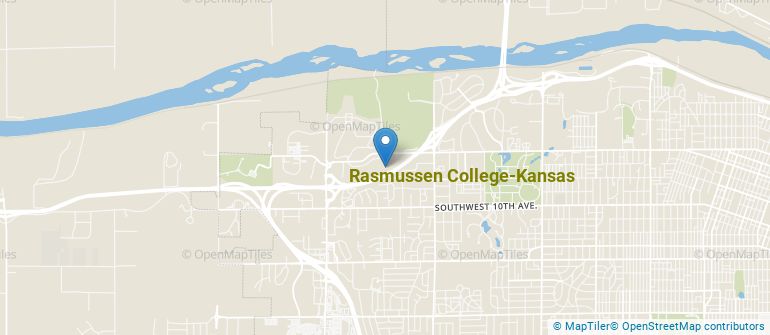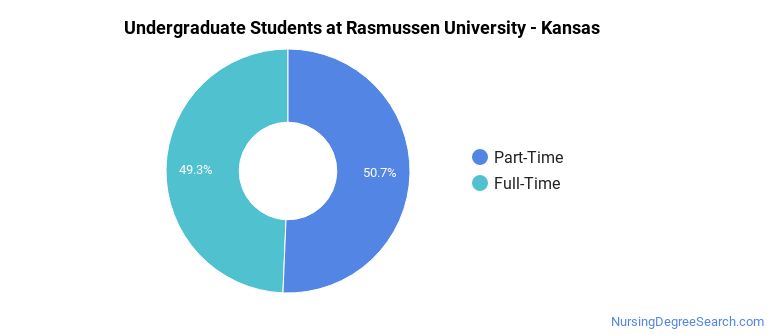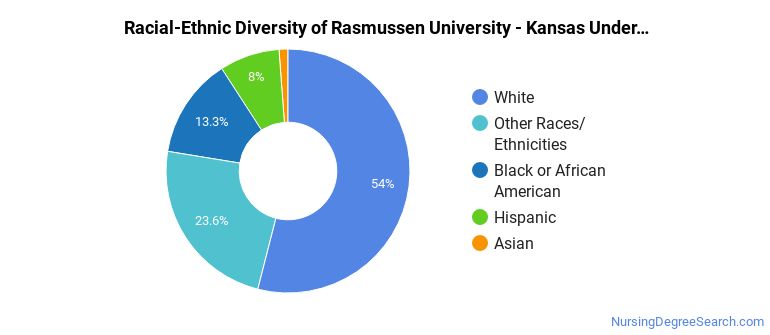Rasmussen University - Kansas Nursing Programs
Rasmussen University - Kansas is a private for-profit institution located in Topeka, Kansas. The location of the school is great for students who enjoy the amenities of city life.
Where Is Rasmussen University - Kansas?

Contact details for Rasmussen University - Kansas are given below.
| Contact Details | |
|---|---|
| Address: | 3722 Sw Burlingame Road, Topeka, KS 66609 |
| Phone: | 785-228-7320 |
| Website: | rasmussen.edu |
How Do I Get Into Rasmussen University - Kansas?
You can apply to Rasmussen University - Kansas online at: https://rasmussen.edu/
Can I Afford Rasmussen University - Kansas?
Student Loan Debt
While almost two-thirds of students nationwide take out loans to pay for college, the percentage may be quite different for the school you plan on attending. At Rasmussen University - Kansas, approximately 85% of students took out student loans averaging $12,190 a year. That adds up to $48,760 over four years for those students.
Rasmussen University - Kansas Undergraduate Student Diversity

There are also 3 graduate students at the school.
Gender Diversity
Of the 339 full-time undergraduates at Rasmussen University - Kansas, 10% are male and 90% are female.

Racial-Ethnic Diversity
The racial-ethnic breakdown of Rasmussen University - Kansas students is as follows.

| Race/Ethnicity | Number of Grads |
|---|---|
| Asian | 4 |
| Black or African American | 45 |
| Hispanic or Latino | 27 |
| White | 183 |
| International Students | 0 |
| Other Races/Ethnicities | 80 |
Rasmussen University - Kansas Nursing Concentrations
The table below shows the number of awards for each concentration.
| Major | Associate’s | Bachelor’s | TOTAL |
|---|---|---|---|
| Registered Nursing | 144 | 33 | 177 |
| Nursing Practice | 0 | 0 | 0 |
| Licensed Practical/Vocational Nurse Training | 0 | 0 | 0 |
| Nursing Assistant/Aide and Patient Care Assistant/Aide | 0 | 0 | 0 |
| TOTAL | 144 | 33 | 177 |
References
*The racial-ethnic minorities count is calculated by taking the total number of students and subtracting white students, international students, and students whose race/ethnicity was unknown. This number is then divided by the total number of students at the school to obtain the racial-ethnic minorities percentage.
More about our data sources and methodologies.
